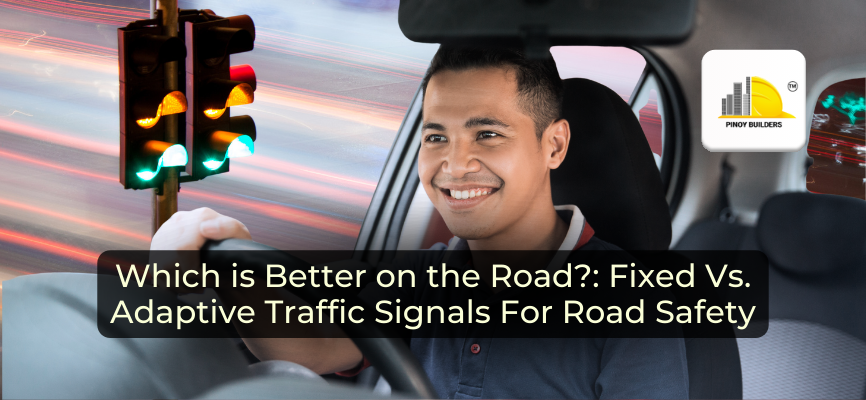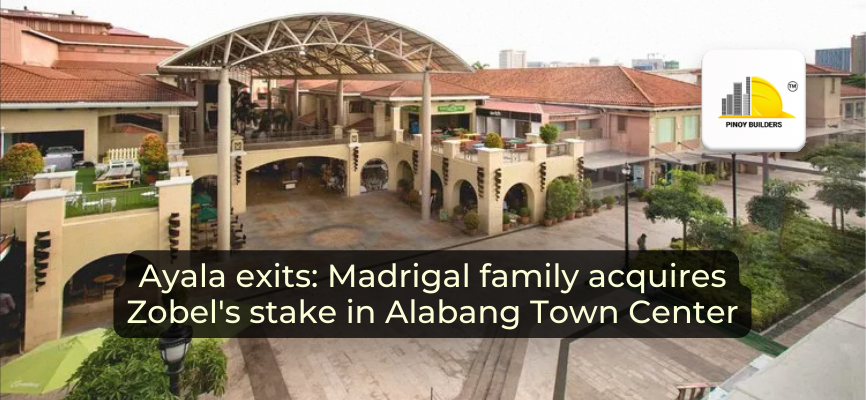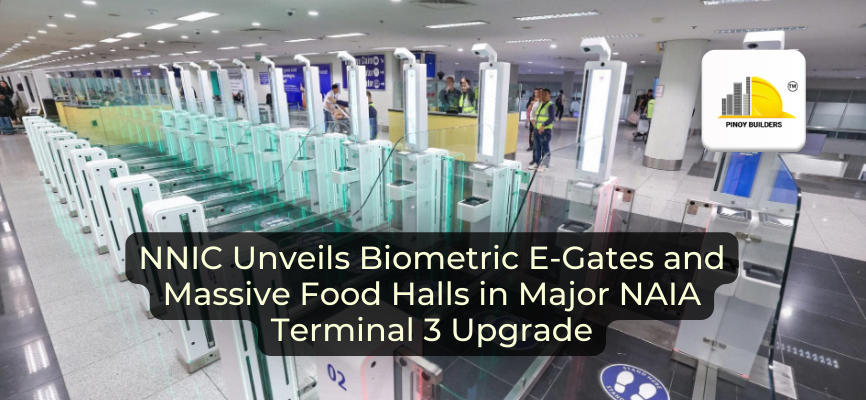Last month, the MMDA, in partnership with the North Luzon Expressway Corporation, unveiled three adaptive traffic lights along some of the busiest streets in Metro Manila. Installed on C3 Road, España Boulevard, and Ramon Magsaysay Boulevard, these new systems are expected to benefit around 143,000 motorists who pass through the intersections each day.
According to the MMDA, the advantages of adaptive traffic lights are multifold. Unlike fixed-time signals, adaptive lights use a smart system that monitors traffic volume through embedded sensors and adjusts the signals in real time.
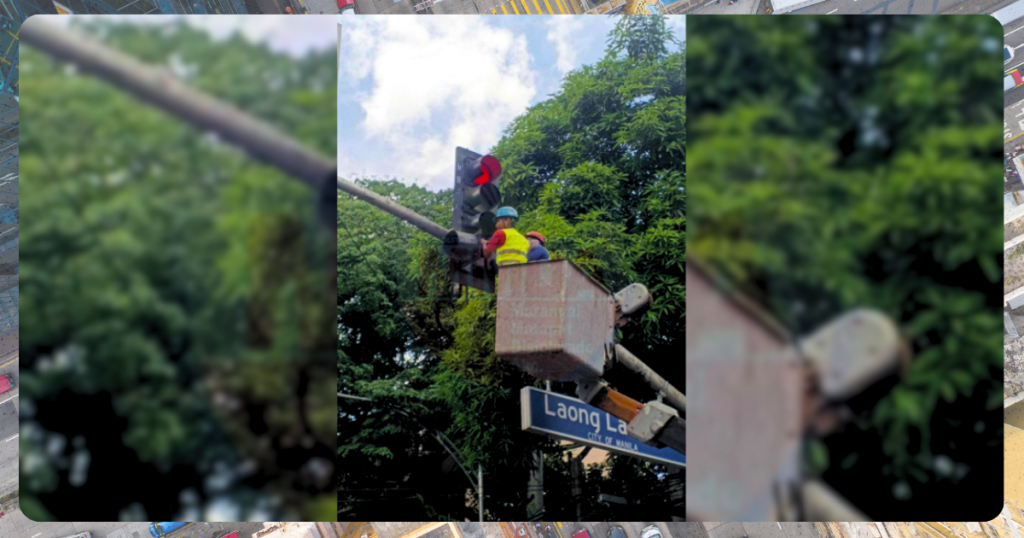
MMDA Chair Don Artes explained that the newly installed traffic lights will help ease congestion and reduce accidents, making daily travel safer and more efficient for Filipino drivers in the metro.
“[The motorists] will benefit from a smart traffic signaling system or stoplight. The traffic flow here has improved, and at the same time, accidents have decreased,” Artes said.
With traffic being a constant challenge in Metro Manila, smart solutions like these are emerging as promising alternatives to traditional fixed signals. Still, both systems play important roles in managing road conditions, raising the question of whether a complete shift to adaptive lights is best or if a blended approach could be more effective. In this article, we’ll explore the differences between fixed-time and adaptive signals and how each can contribute to safer, smoother road travel when applied strategically.
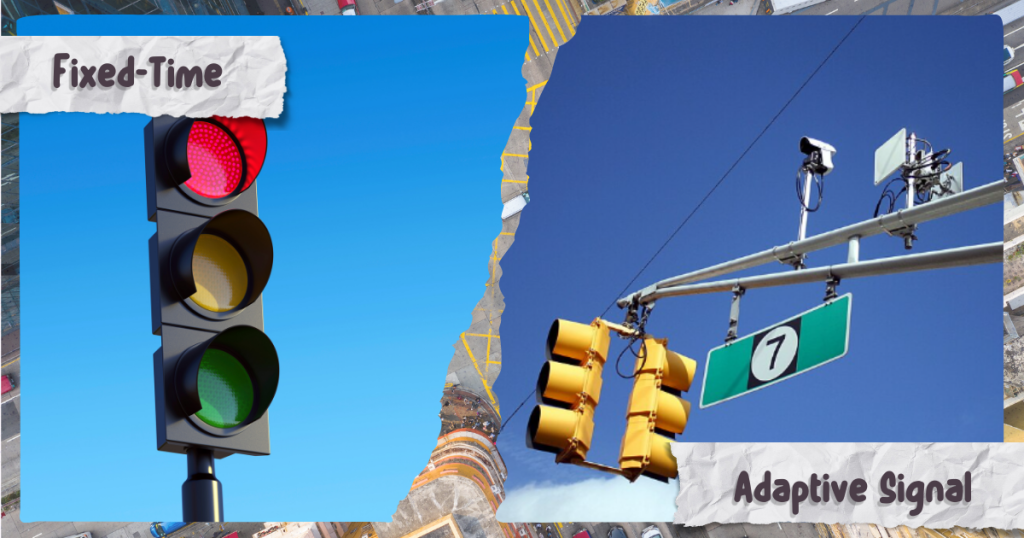
How Fixed Traffic Signals Work
Fixed-time traffic lights follow a programmed schedule. The green, yellow, and red cycles repeat based on preset intervals, regardless of how many vehicles are on the road. This system has been widely used for decades and remains the standard in many cities.
These signals provide predictability, which helps drivers anticipate flow. They are also easy to program and easy to maintain, making them a more cost-effective option. However, the lack of flexibility becomes noticeable during unusual traffic conditions. A red light on an empty street or a long queue with a short green can slow down movement unnecessarily and cause a traffic jam.
The Technology Behind Adaptive Traffic Signals
Adaptive traffic signals use sensors and artificial intelligence to respond in real time. Cameras and detectors monitor vehicle volume and adjust light timing accordingly. This setup allows traffic lights to adapt instantly to changing conditions, creating a smoother and more efficient driving experience.
For instance, if one lane is congested, the system can extend the green light. On quieter lanes, it can shorten the cycle to ease waiting time. Unlike fixed signals, adaptive systems are dynamic, making them better suited for unpredictable urban traffic.
Road Safety Benefits of Adaptive Signals
Smooth traffic flow is not just convenient; it also makes driving safer for everyone. Adaptive traffic signals help reduce risky driving behaviors that often lead to accidents.
Data from the U.S. Department of Transportation’s Federal Highway Administration shows that adaptive signal control technology reduces intersection congestion, improves signal responsiveness, and can cut crashes by up to 15% by easing conflict points and updating timing in real time.
Further evidence comes from a study published in ScienceDirect, which found that combining connected-vehicle data with adaptive signal control has the potential to decrease overall collision risk by up to 91%, highlighting the strong safety impact of adaptive systems.
With adaptive traffic lights, the benefits are clear:
- Drivers feel less pressure to beat the red light.
- Fewer abrupt stops lower the chances of rear-end collisions.
- More balanced lane movement discourages aggressive switching.
Pedestrians also benefit from better timing. Shorter wait periods at crossings encourage safe road use instead of risky dashes across traffic. Fewer bottlenecks mean calmer driving environments overall.
Adaptive Signals in the Philippines
The unveiling of the three adaptive traffic lights in Metro Manila marked only the beginning. MMDA Chair Don Artes shared that the agency has already removed countdown timers across 96 intersections and is now integrating adaptive systems throughout the city.
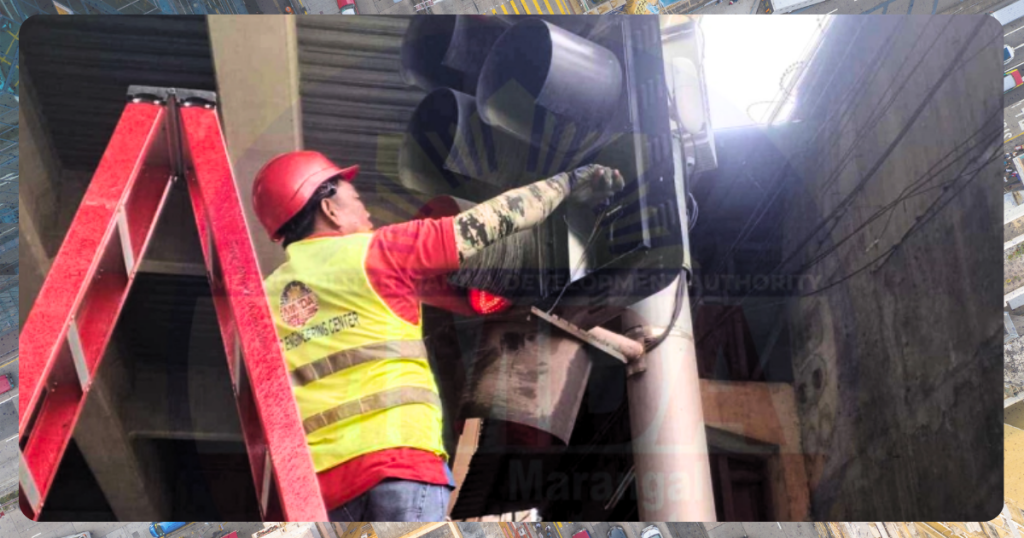
“I think we have about 90 percent of what we have installed in Metro Manila,” Artes said, noting that the transition from traditional fixed-time signals to adaptive lights is close to completion.
He also confirmed that all traffic signal light timers under MMDA’s jurisdiction have been removed. According to him, the benefits of adaptive traffic signals go beyond reducing gridlock. These systems are especially useful during nighttime, when traffic enforcers are not present to manage intersections.
To support the shift, the MMDA is coordinating with local government units so that city-managed intersections can also be linked to the adaptive system. With more lights expected to go online, Metro Manila is steadily moving toward a modernized traffic network that prioritizes both efficiency and safety.
Challenges and Considerations
While adaptive traffic signals bring many advantages, their setup requires thoughtful planning. Installation and maintenance cost more compared to fixed signals. Proper calibration is also essential to make sure sensors and AI respond accurately.
Another important factor is public awareness. Drivers need time to adjust to the new flow, and road authorities must continue monitoring for consistency. With coordinated effort, these challenges can be addressed effectively.
Smarter Roads Ahead
Fixed signals have served roads for decades with simplicity and reliability. Adaptive signals, however, bring a new layer of intelligence by adjusting to real conditions. The flexibility, safety benefits, and efficiency they offer make them a strong option for modern traffic management in the Philippines.
As cities continue to grow, investing in technology-driven solutions becomes more important. Adaptive signals point toward smarter and safer roads, where every second at the stoplight contributes to a smoother journey.
References
FAMA TRAFFIC. (2024, September 14). The Ultimate Guide to Modern Traffic Signal Types. FAMA TRAFFIC. Retrieved September 8, 2025, from https://www.ledtrafficlight.cn/the-guide-to-modern-traffic-signal-types
Richih. (n.d.). Types of Traffic Light Controllers: Fixed-Time, Actuated & Adaptive. Richih. https://trafficsigncustom.com/types-of-traffic-light-controllers/
Salcedo, M. J. (2025, August 5). 3 adaptive traffic lights activated along 3 Metro Manila roads. Inquirer.net. Retrieved September 8, 2025, from https://newsinfo.inquirer.net/2091672/3-adaptive-traffic-lights-activated-in-3-metro-manila-roads
Top Gear Philippines. (2022, August 8). An MMDA official explains how adaptive traffic lights work. Top Gear Philippines. Retrieved September 8, 2025, from https://www.topgear.com.ph/news/motoring-news/adaptive-traffic-lights-vs-timer-a962-20220808
US Department of Transportation FHA. (n.d.). Adaptive Signal Control Technologies. Adaptive Signal Control Technologies. Retrieved September 8, 2025, from https://www.fhwa.dot.gov/innovation/everydaycounts/edc-1/pdf/asct_brochure.pdf
Lin, W., & Wei, H. (2023). CAV-enabled data analytics for enhancing adaptive signal control safety environment. Accident Analysis & Prevention, 192, 107290. https://doi.org/10.1016/j.aap.2023.107290


